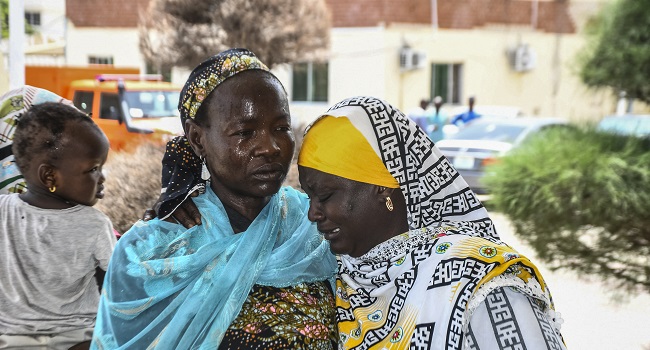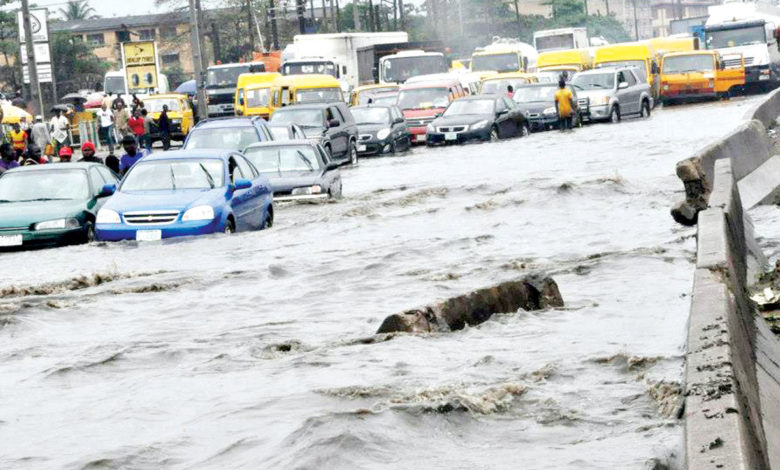
Super-storm Patricia closed menacingly on Mexico’s Pacific coast on Friday as the strongest hurricane on record, sending residents, tourists and authorities scrambling to prepare for a potentially devastating hit.
Authorities relocated some villagers, closed ports and schools in several states and evacuated tourists from beach hotels as the hurricane churned toward shore in the western state of Jalisco.
Packing maximum sustained winds of 325 kilometers (200 miles) per hour, Patricia was due to hit at about 2100-2300 GMT.
“We are facing a natural phenomenon, a force that we have never seen before” in the world, President Enrique Pena Nieto told Radio Formula. “We will face difficult moments.”
“The country faces a threat of great scale,” Pena Nieto said, adding that the government’s priority is to “protect and save the lives of Mexicans.”
The hurricane was expected to make landfall at around 4:00-6:00 pm (2100-2300 GMT) in Perula, Jalisco, near the major port of Manzanillo.
Rain and wind lashed the coast hours after Patricia mushroomed late Thursday into a category five storm — the top of the Saffir-Simpson scale
It is even more powerful than the 315 kph winds of Super Typhoon Haiyan, which left more than 7,350 dead or missing in the Philippines in November 2013.
Stores shut down in the beach resort of Puerto Vallarta and shop owners placed duct tape in the shape of an X on their windows to protect them.
“I’ve had to give away tape to people who weren’t prepared,” said Ramiro Arias, owner of a frame shop. “We’re procrastinators. We don’t react until we see the situation.”
– Strongest ever –
Some 7,000 foreign and 21,000 Mexican tourists were in Puerto Vallarta ahead of the storm, said Jalisco state tourism secretary Enrique Ramos Flores.
Seafront hotels were evacuated and an unknown number of tourists were rushed to shelters, the airport and bus stations, he said.
But US tourist Marvin Lee, 70, insisted that he was not worried after moving from a beach hotel to one inland.
“It’s exciting. Nothing is going to happen,” Lee said. “We have buildings that will stop the wind.”
Despite the incoming storm a swimmer was spotted in the water in the morning while some 20 people drank booze at a beach bar in the afternoon.
A handful of people waited at a bus station before service ended at midday while others bought water and loaded vehicles with jerrycans of fuel.
The US National Hurricane Center said that Patricia was the strongest hurricane it has ever recorded in either Atlantic or eastern North Pacific waters.
“Some fluctuations in intensity are possible this afternoon but Patricia is expected to remain an extremely dangerous category five hurricane through landfall,” the center said.
US President Barack Obama said US disaster aid experts were on the ground and primed to help.
“Our thoughts are with the Mexican people as they brace for Hurricane Patricia,” Obama said on Twitter.
– Better safe than sorry –
Authorities said they would shut down power from Puerto Vallarta to Manzanillo to prevent electrocutions.
Rosa Elba Figueroa, a housewife, left a supermarket with a bag full of canned tuna, powdered milk, bread, water and batteries.
“We’re running home to put wood and tape on the windows,” she said late Thursday.
Jose Maria Tapia Franco, director of the National Disaster Fund, said 400,000 people live in vulnerable areas.
Officials said nearly 1,800 shelters for 259,000 people are available.
At the beach village of Boca de Pascuales, authorities took 70 people to a shelter while another 30 drove to the homes of relatives farther inland.
In Colima state, communities around the Volcano of Fire were evacuated over concerns that ash that accumulated during recent volcanic activity could combine with water to produce landslides.
Authorities deployed 400 federal police to assist populations in the area.
– Downpour coming –
At 1800 GMT, Patricia was 135 kilometers southwest of Manzanillo and moving north at 19 kilometers per hour, according to US forecasters.
Patricia is expected to produce up to 20 inches (51 centimeters) of rainfall over the states of Nayarit, Jalisco, Colima, Michoacan and Guerrero, which could produce life-threatening flash floods and mudslides.
The National Water Commission said Patricia was “so big and intense” that it could cross the entire country, dip into the Gulf of Mexico, and make landfall in the United States.
Jalisco, Michoacan, Colima and Nayarit are expected to get the equivalent of 40 percent of their annual rainfall in the next 48 hours, the water commission said.
Mexico faces the double threat of Atlantic and Pacific tropical storms during the hurricane season, which ends November 30.
In 2013, twin storms Ingrid and Manuel nearly simultaneously struck each coast, leaving 157 people dead in a rare double onslaught.










